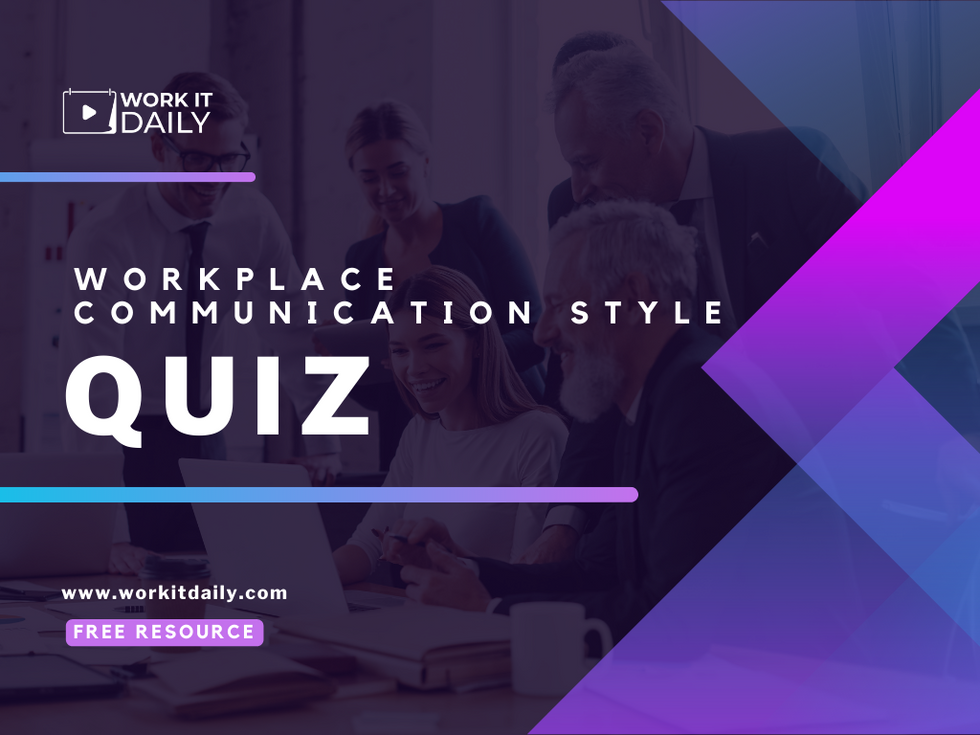5 Ways To Avoid Job Search Scams

Looking for a job can be a nuisance, and life can get so hectic sometimes that many people end up relying on online job boards. You apply to about 10-15 jobs a day, you’re tired from whatever life tasks are in your daily routine, it takes you about a good hour to find a job you would be interested in and is hiring, and the last thing you think about before hitting that submit resume button is, “Is this job posting a scam?”
It’s hard enough to get any callbacks from online job postings, so wouldn’t you like to save some time and submit your resume to a real company that is actually hiring? If your answer is yes, here are some tips to help you spot any red flags in a job posting. Use these rules to avoid job search scams from chewing up your precious time as you look for your next job.
1. There Isn’t A Company Name In The Job Posting
This may not be true for all job postings, but it’s one you should consider. While companies use blind job postings for their own protection, there can be a negative side to it. This type of job posting can be used to gather personal information about you as part of an identity theft scheme.
It might be in your best interest to not include too much information about yourself when you apply for jobs without a company name just in case. If you happen to get contacted for an interview, ask for the company’s name so you can do some research before agreeing to anything. How else would you ace that interview if you know nothing about the company?
2. The Email Address Ends In @yahoo, @gmail, @hotmail, Etc.

Not all companies have a company email, especially if they’re just starting out. However, if there’s a company name in the job posting, you’ve done your research, and they’re a well-known company, not having a professional email might be something you should consider looking into.
It should be concerning if a job posting includes a company name, but has an email address that is not a primary domain. You might want to put on your investigative hat and see if you can find a phone number for the company so you can verify the job posting as well as the legitimacy of the company.
3. The Contact Person Can’t Be Found Through A Google Search

Not everyone can be found through a Google search, but if you’re an employer, chances are you can be found on the internet. Whether it’s on social media sites like LinkedIn, Instagram, or TikTok, there should be some type of information about your employer somewhere.
4. They Offer You The Job Within 24 Hours Of Sending Your Application

While it would be nice for an employer to immediately recognize your many talents, you have to remember that there is a process to go through, and because the job market is so competitive right now, it’s easy to get excited when a potential employer wants to hire you.
I once applied to a job for a feature writer position for a publication that turned out to be in Canada. The publication was real, but the job posting wasn’t. The recruiter offered me the job and payment within a day without even discussing my first assignment. Though I felt I was qualified for the position, it seemed too good to be true that someone wanted to pay me without using my services first. The lesson here? Any company worth working for will want to get to know you before offering you a paycheck for your skills.
5. They Want To Pay You Before You Even Start Working

Some scam artists like to send checks to their victims as a way of getting into their bank accounts. How does this work? Well, they mail you a checkâsometimes overnightâthen you are asked to deposit the check and send a portion back to a third party. It may seem like the check has cleared, so you send the portion requested to said third party. By the time the bank learns the check is bad, the check bounces, leaving you out of the funds you were asked to send back.
Remember, looking for a job takes time and your time is valuable. So the next time you are searching for a job online, scan the job posting thoroughly before sending off your resume to avoid any job search scams. Good luck and stay safe out there!
Need more help with your job search?
Become a member to learn how to land a job and UNLEASH your true potential to get what you want from work!























